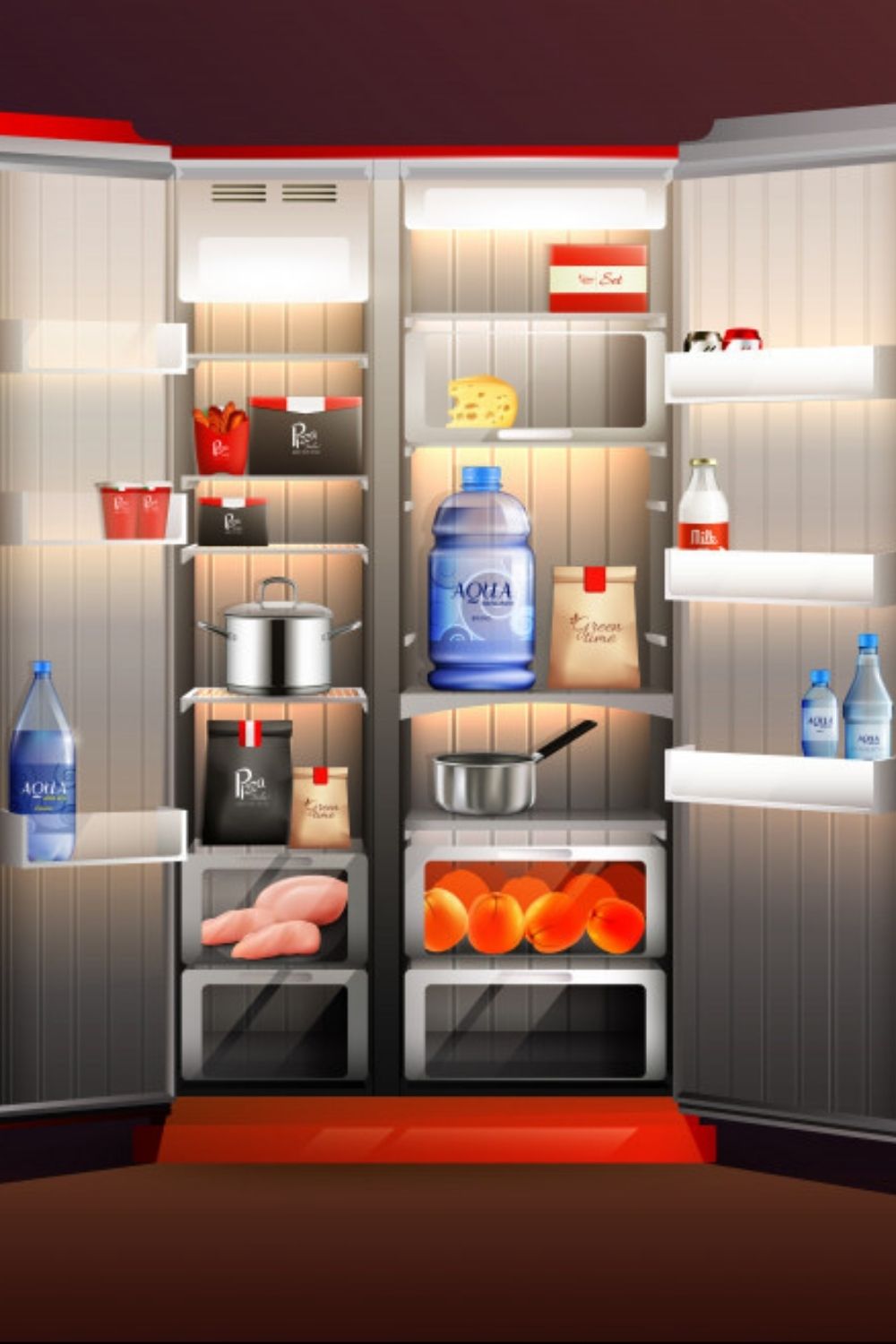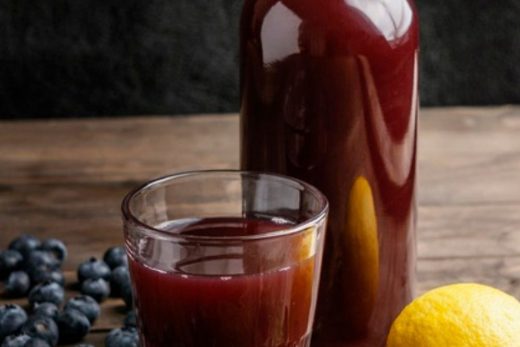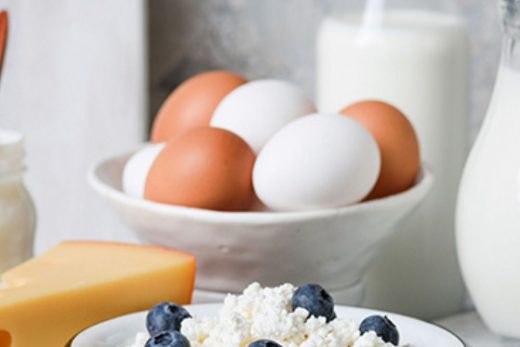When was the last time you spent way too long trying to find that food item you knew you had somewhere in the back of your fridge? Even if you are short on space, a well-organized refrigerator is essential to keeping your food fresh and saving you time when it comes to planning meals.
Not only will organizing your fridge the right way help cut down on the time you spend digging through it to find that cream cheese you lost, but it will also help you reduce your grocery bill and waste much less.
Now, here’s how to spend an afternoon rearranging your fridge the right way.
Clean It Well
The first step to a well-organized refrigerator is to take everything out and give it a really good scrub. If possible, remove the drawers and shelves and let them soak in hot, soapy water. Wipe the entire interior down, being careful to use non-abrasive cleaning methods so you don’t harm the plastic. Replace the shelves and drawers and store a box of baking soda to help reduce future fridge odors.
Check Expiration Dates
When you replace your food in the fridge, check all your items for their expiration dates. While some foods can be safely eaten past these dates, you should be honest with yourself about whether they ever will be. Go through jams, jellies, and sauces you haven’t touched in ages and either make a plan to use them or part ways. It will be much easier to find what you need when you’re not sifting through endless jars of stuff you’ll never touch again.
Sort Your Shelves
If you have a habit of squeezing your food in any available space in your fridge, now is the time to change. Organizing your shelves will help you reduce waste because you will know exactly where everything is. While you should find a system that works best for you (and one you’ll keep up with), here’s a good place to start:
The Top Shelf
This is one of the warmer shelves in your fridge, so avoid keeping any fresh meat here. Instead, consider designating it for leftovers and takeout—stuff you need to eat soon. It is typically the first shelf you see when you open your door, so it’s good to keep the foods you reach for often here.
The Middle Shelf
Here, consider storing dairy products or produce that can be left uncovered (such as berries). You also probably have the most vertical space here, so taller containers can be stored on this shelf as well.
The Bottom Shelf
Use your bottom shelf for meat or fish. Not only is this is the coolest spot in your fridge so there is less risk of spoilage, but you also won’t have to worry about accidental leakage over the rest of your food that causes nasty odors or contamination.
The Drawers
This one is pretty easy—try to fit all of your produce in the crisper drawers for maximum freshness.
The Door
Your door is the warmest part of your fridge, so store more stable items here like condiments and jams.





